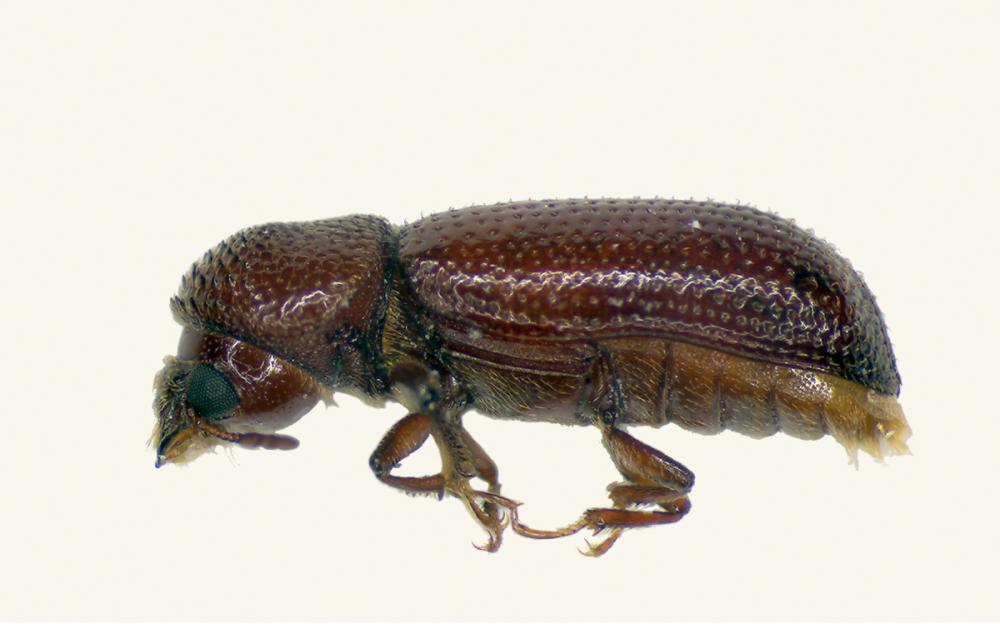Lesser Grain Borer
Lesser Grain Borer
Scientific Name: Rhyzopertha dominica
How to identify a lesser grain borer
The adult is about 3 mm long, polished reddish brown or black and the head and thorax have a pitted appearance. Rhyzopertha dominica is almost cylindrical and the head cannot be seen from above. Although small, this insect has powerful jaws with which it can bore directly into wood and paper.

Where are lesser grain borer commonly found?
This is one of the most important of the grain pests and can be found in many locations throughout Australia. Both adults and larvae feed within the interiors of nearly all grains, including rice and the kernels are reduced to mere shells.
Why are lesser grain borer considered a pest?
Stored product pests are responsible for enormous losses in may ways:
-
Losses due to direct consumption
-
Spoilage and loss of commodity quality
-
Contamination
-
Encouragement of mould growth in affected material
-
Economic losses
What is the biology and lifecycle of lesser grain borer?
The female lays 300 to 500 eggs, singly or in clusters, in the loose grain. These eggs hatch in a few days. The larvae moult 2 to 4 times. They may feed on the flour produced by the boring of the adults, or may bore directly into kernels that have been slightly damaged. They complete their growth within the grain, transform to white pupae and the adults bore their way out. The life cycle takes only a month or two, depending on the temperature.
Chemicals Required to Control Lesser Grain Borer
A range of traps using pheromones and other attractants are available
-
These pheromone traps are designed as monitoring devices to determine whether a species is present, where the hotspots are and whether the numbers are high enough to justify an insecticide treatment
-
Traps are designed for monitoring in commercial environments
-
Traps can be effective as control measures in domestic situations (smaller areas)
Disrupters are a relatively new technology that can be used as part of an IPM program
-
The pheromone disrupts mating, breaking the breeding cycle
-
Disrupters can significantly reduce the need for spraying in commercial accounts
Management Tips for Lesser Grain Borer
Residential treatments - Thorough inspection to find the source of the infestation
-
Check all food cupboards
-
Check open and unopened packets and containers
-
Dispose of any infested materials
-
If source cannot be identified check roof void / sub-floor
-
Carry out spot treatment to storage area surfaces if required
-
Use of pheromone traps to prevent future problems / monitor activity can be considered
Commercial treatments - Thorough inspection to find the source of the infestation
-
Infested stock will need to be disposed of or treated using grain protectants or fumigation options
-
Space sprays (often pyrethrum based) and surface sprays can be considered to target adults after (larvae) infestation has been controlled
-
Use of pheromone traps to prevent future problems / monitor activity can be considered

